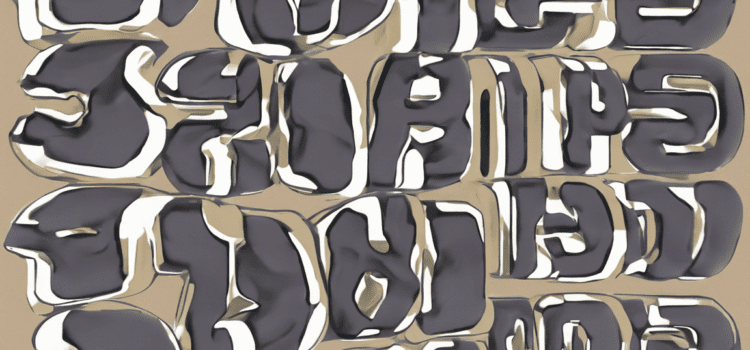You might have come across the acronym “POD” in a variety of contexts. Whether it’s in the business realm, technology field, or even in casual conversations among friends, the term “POD” seems to hold different meanings depending on the context in which it is used. In this comprehensive guide, we will delve into the meaning behind the POD full form, exploring its significance across various industries and shedding light on its diverse applications.
Understanding the Basics of POD
At its core, POD stands for “Print on Demand”. This term has gained significant traction in recent years, especially with the rise of e-commerce and online business ventures. Print on Demand essentially refers to a printing process where products are personalized and created based on individual orders. Instead of producing items in bulk and storing inventory, businesses using the Print on Demand model print products such as t-shirts, mugs, phone cases, and more, only after they have been ordered by customers. This on-demand production strategy offers several advantages, including reduced inventory costs, the flexibility to offer a wide range of designs, and the elimination of excess stock.
The Evolution of Print on Demand
While the concept of Print on Demand has been around for decades, technological advancements have significantly transformed the industry. With the advent of digital printing technologies and sophisticated online platforms, businesses can now seamlessly integrate Print on Demand services into their operations. This has democratized the creation and sale of custom products, allowing entrepreneurs and artists to bring their unique designs to a global audience without the need for large upfront investments.
Print on Demand in E-Commerce
One of the key sectors where Print on Demand has made a tremendous impact is e-commerce. Platforms like Shopify, Etsy, and Printful have empowered individuals to set up online stores with minimal hassle, leveraging Print on Demand services to fulfill orders efficiently. This has revolutionized the way merchandise is sold online, enabling entrepreneurs to test new designs, gauge customer preferences, and scale their businesses without the traditional risks associated with inventory management.
The Benefits of Print on Demand
- Cost-Effective: With Print on Demand, businesses can avoid the expenses of holding excess inventory, as products are only manufactured when orders are placed.
- Customization: Customers can personalize products to suit their preferences, leading to higher satisfaction levels and increased sales.
- Low-Risk: Entrepreneurs can launch new product lines without the risk of unsold inventory, allowing for greater experimentation and creativity.
- Global Reach: Print on Demand services enable businesses to reach customers worldwide, tapping into diverse markets and expanding their reach.
Integrating Print on Demand into Your Business
If you are considering incorporating Print on Demand into your business model, there are several key steps to keep in mind:
- Research: Understand your target market and the types of products that resonate with your audience.
- Design: Create compelling and unique designs that set your products apart from the competition.
- Choose a Reliable Partner: Select a reputable Print on Demand service provider that aligns with your quality standards and production requirements.
- Marketing: Develop a marketing strategy to promote your products and attract customers to your online store.
- Iterate and Optimize: Continuously refine your designs and product offerings based on customer feedback and market trends.
Frequently Asked Questions (FAQs)
- What is the difference between POD and Dropshipping?
-
The key difference lies in the manufacturing process. While Print on Demand involves creating custom products as orders are received, dropshipping entails shipping products directly from suppliers to customers without holding inventory.
-
Can I use my own designs with Print on Demand services?
-
Yes, most Print on Demand platforms allow you to upload your own designs to be printed on products such as t-shirts, hoodies, and other merchandise.
-
Are there any upfront costs associated with using Print on Demand services?
-
In most cases, there are no upfront costs with Print on Demand services. You only pay for the production of items once orders are placed.
-
How long does it take to fulfill orders with Print on Demand?
-
Order fulfillment times vary depending on the Print on Demand provider and the shipping method chosen. Typically, orders are processed and shipped within a few days to a couple of weeks.
-
Can I use Print on Demand for large-scale orders?
- Print on Demand is ideally suited for small to medium-scale orders. For larger quantities, traditional manufacturing methods may be more cost-effective.
In Conclusion
In conclusion, Print on Demand has redefined the way businesses approach product creation and fulfillment, offering a flexible and efficient solution for entrepreneurs looking to enter the e-commerce space. By leveraging the power of Print on Demand, individuals can unleash their creativity, connect with global audiences, and build thriving online businesses without the constraints of traditional inventory management. Whether you’re an aspiring e-commerce entrepreneur or a designer looking to showcase your creations, Print on Demand presents a world of opportunities to bring your vision to life.
